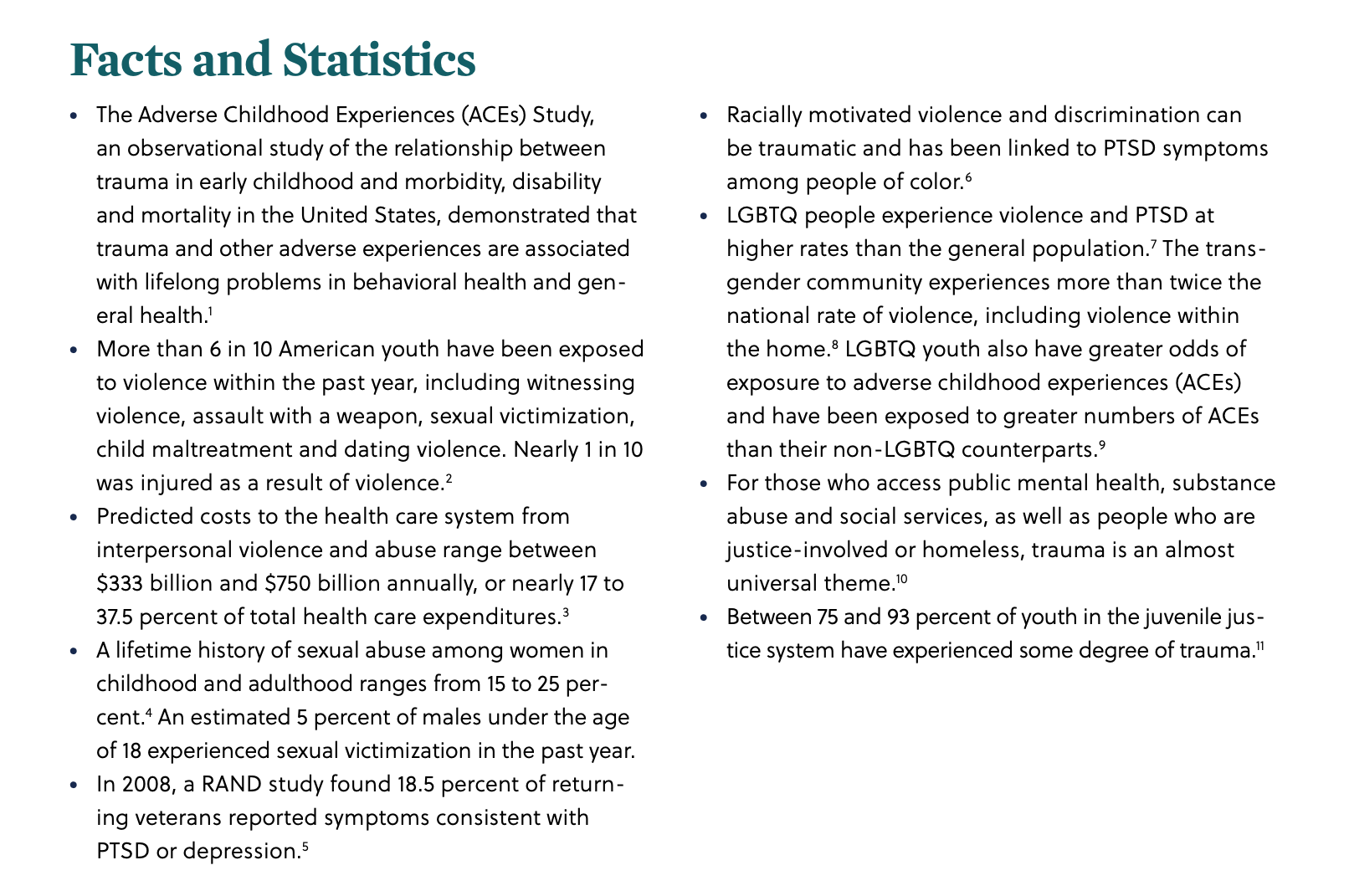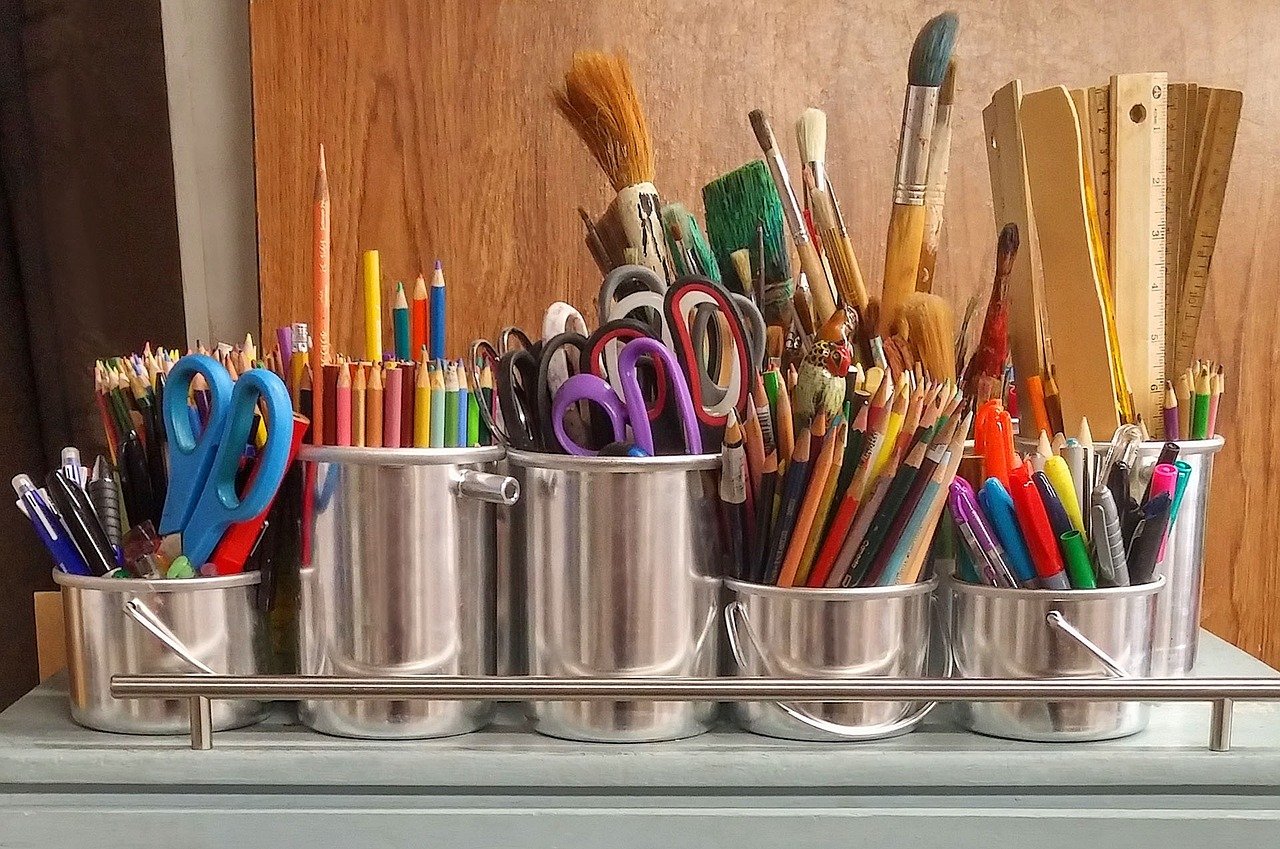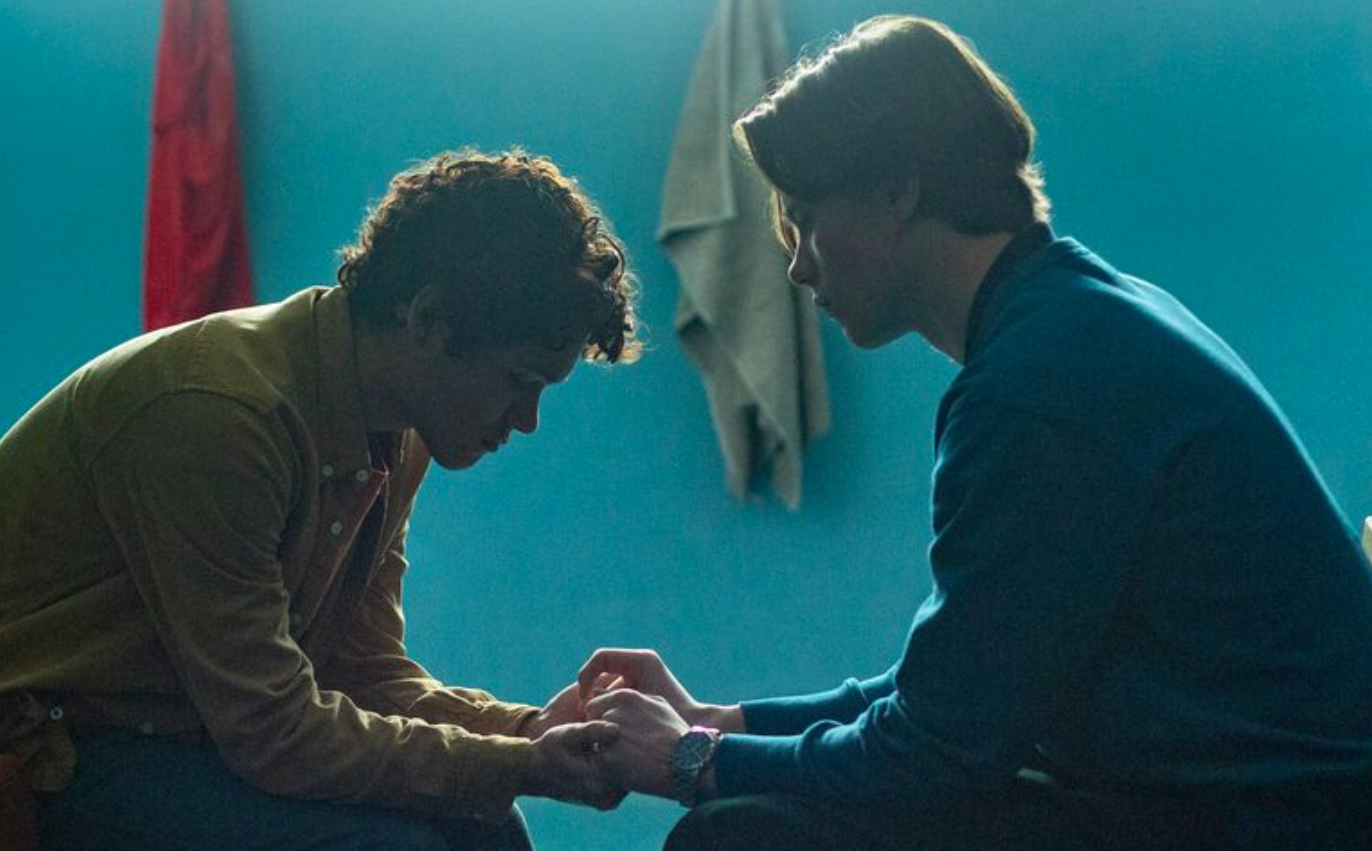Out of Eden Exploration

I used the Out of Eden National Geographic tool to travel around the world with the help of Paul Salopek. I enjoyed seeing all of the different places and experiencing real life locations with this interactive virtual tool. For this project, I chose to explore an island in Cyprus, a valley in Northern Pakistan, and a town in China.
I learned that Cyprus is one of the oldest islands inhabited by humans on the planet. It has a rich history that is reflected in both the manmade structures and the natural landscapes shown in the article about this particular leg of the journey. I enjoyed reading the detailed, vivid descriptions as well as seeing all of the beautiful locations captured by the photographer. All of the material presented about Cyprus makes me want to learn more about the place on my own.
The second location I visited was Northern Pakistan. The chapter focused on the nomadic miners who pan for gold on the banks of Karakoram. I read about the Sonewal people, who spend their days searching the river for precious flecks of gold. The pictures and paragraphs of information about the miners lives are thought provoking and make me wonder what my life would have been like if I had been born to a different family in a different place.
The final location I read about was Yusan, China. I was particularly interested in this location because I’m adopted from China and I always enjoy learning about my home country whenever I can. I loved seeing all of the beautiful pictures and reading the history of this specific location in China. The landscapes and videos look like they could all be still life paintings and the videos of city life remind of the trips I take to Manhattan every few months.
I would love to show these pictures and videos in my future classroom and explore the art from all of the different places I saw in the Out of Eden project. It would be interesting to assign the Out of Eden project as class reading and then have all of the students tell the class about their favorite places the next day. I think it would be a great way to show the kids about different ways of life around the world.
Start your own journey here: https://www.nationalgeographic.org/projects/out-of-eden-walk/#section-1
Trauma Informed Classrooms

I chose to explore the lessons available at the WE Virtual Learning Center that focused on childhood trauma and how it can affect a student’s experience in the classroom. This topic is extremely important and not often talked about, as many people don’t know how to handle children who have gone through harmful experiences both at home and at school. I was glad to find an in depth course on how to address topics such as domestic violence, racial discrimination, and bullying on this site.
The module I read focused on trauma informed classrooms and the necessity of teachers learning to understand students who have experienced violence and abuse in their home lives. Even if my teachers had read such material during their time in college, none of them were particularly sympathetic or understanding of what my home life was like and how it impacted my ability to hand in homework or focus in class. Brushing up on materials like this module and remembering my own K-12 experiences help me function as a more empathetic and capable teacher.
Included below is a screenshot of some of the information from the module that I found useful. I hope that it will also be beneficial for readers to see so that they can use the information to shape their teaching methods in the future.

Hyper Docs as Art Learning Tools

I looked around the web for different Hyper Doc resources for art teachers and found a section on Hyper Docs on the site Art Room Artifacts. Jenn, the creator of the site, wrote about how Hyper Docs are helping her students learn and interact in an engaging way that encourages them to voice their opinions on the subjects they’re reading about. Though the curriculum on the site is mainly focused on younger students, I think older students could also enjoy the educational format.
I would definitely use Hyper Docs to give primer lessons as homework so students can come in prepared with knowledge about the artistic techniques they’re studying. Providing interesting, easy to use digital worksheets can help students remain engaged and retain information easier. I think a Hyper Doc about the history of painting techniques could be informative and interesting within the context of the digital tool. I look forward to using Hyper Docs with students in the future. I’ll include a link to the site below so you can check out the docs for yourself!
https://artroomartifacts.com/2017/01/23/hyperdocs-and-project-design/
A Trip to Cities in 360 Degrees

This week, we were told to take a virtual field trip and for mine, I went all around the world with the help of 360 Cities, a project that helps viewers travel around the world from the comfort of their own home. I enjoyed seeing all the different locations from a bird’s eye view, hopping from Europe to South America to the US within a span of minutes
This is a great tool to have in the classroom. It fits easily into lessons from any subject. I’d love to show my art students where all of the famous painters we learned about it class are from and what inspiration they took from the landscapes. I can also see this tool being used in science and history classes. It makes the lessons seem so much more real and relevant to students and teachers.
My favorite places to look at using 360 Cities were Tempio di Antas in Italy, Shibuya Crossing in Tokyo, Japan, and The Eiffel Tower in Paris, France. Though I might never visit these places myself, I love having the experience of seeing all of the different places from such a detailed, complex view. I’ll link the site below so you can go on your own tour of the world.
Young Royals

I chose the show Young Royals on Netflix to watch for this week’s blog post. It’s a teen drama romance about the relationship between two boys at Hillerska, a prestigious boarding school. The story follows Wilhem, a young Swedish prince recently exiled to Hillerska after a video of him fighting at a nightclub surfaces online. There he meets a cast of wealthy characters with complex personal lives but most notable among them is Simon, a Latino scholarship student who is openly gay.
The exact location where the story happens isn’t specified, as the school itself is fictional, but I imagine it takes place on the outskirts of some large, picturesque European city. I enjoy watching foreign content that focuses on LGBT characters because I’m interested in seeing the ways that race, sexuality, and gender are treated in countries outside of the US. Concerning economics and the general quality of life depicted in the show, the setting didn’t seem all that different from any rich area in America, but the way the boys’ relationship was handled was different than the way events would unfold in America. (Spoilers ahead!)
Simon and Wilhem start seeing each other after a few episodes but they eventually get caught by another student with a vendetta against Simon who leaks a video of them together online. In an American show, there would probably be some sort of happy resolution after a small moment of conflict but the writers of Young Royals took the more realistic approach and had Wilhem do the wrong thing and throw Simon under the by claiming he wasn’t in the video.

What I appreciated most about the show was how realistic and subtle it was and how the characters had clear flaws. It was refreshing to see that all of the actors looked their age, versus American shows where high schoolers are played by thirty years olds with perfect skin and mature features. The homophobia was real and present throughout the series but it wasn’t something the watcher was beaten over the head with, which I think made it even more impactful. Overall, I enjoyed the show and my only complaint is that there aren’t more seasons for me to watch yet.
The Importance of Translating Tools

This week we learned about the translation tools created by Microsoft. I was excited to read about the way that the translating program benefitted students but I was pleasantly surprised by the impact it had on the lives of parents who speak English as a second language.
The example given in the reading focused on a teacher who liked to host meetings with parents four times a year. Many of the students came from homes where English was not the primary language spoken so the teacher made sure to have a translator be a part of the meetings so the parents would feel more comfortable communicating and understanding what was being said. Unfortunately, the meetings had such high attendance that it was hard for the translators to keep up with their communication between the parents and teacher so many people ended up feeling like they were being left out.
With the help of the Microsoft translating tool in the form of a downloadable app, parents and the teacher were able to communicate easily with each other without having to depend on a translator. I look forward to using the translation tool in my classroom. I live in an area where there’s a high likelihood of having Spanish speaking students in my classroom and I’m glad that I’ll have a way to communicate with them in a way that’s easy and accessible to both of us. I’m very glad to know that Microsoft is offering so many helpful classroom tools for free and I’m looking forward to using all of them to improve my students’ learning experience.
Goal 5: Gender Inequality

I chose to explore the goal of ending gender inequality and found some interesting information on the topic on the SDG website. It’s an unfortunate but well known fact that the pandemic has affected everyone’s lives across the globe but women in particular have been disproportionately affected by the way COVID 19 has changed their lives.
According to a graphic on the SDG site, violence against women has skyrocketed as the result of the pandemic. This is part has to do with the way that people have been required to stay in side for their health and safety and many women are being trapped inside with their abusive partners and family members for extended periods of time.
On top of the increase in domestic violence cases being reported, there has been an increase in women being employed an underpaid for housework and domestic help as a direct result of the pandemic. All of these factors negatively impact the goal to end gender inequality and require further, immediate action from everyone on both a personal and government level.
I’d like to see the UN put out a statement about the way the pandemic is shining a light on gender inequality and offer resources for those who are suffering as a result at this time. I plan to keep up with the way that these situations are developing for women around the globe and continue to speak out about gender inequality and help when I can.
Watch this video about gender inequality below:
https://www.youtube.com/watch?v=4viXOGvvu0Y
You can find the graphic I referenced here:
Global Educator Tools: Out of Eden Learn

There was a comprehensive list of tools for this assignment but I chose Out of Eden Learn as the tool I’d like to use for my classroom. The main focus of this online social media option is to allow students to share and respond to each other’s stories and projects through their site. Out of Eden is a platform specifically made with students in mind so children can interact with each other and share their lives regardless of class, race, or physical location. It’s a wonderful way for students to communicate with others online in a safe, monitored way in the school environment.
I’m interested in using this tool to encourage high schoolers to connect with other high schoolers around the world by posting their art and receiving feedback from others on the platform. Getting feedback and critiques from everyone in the physical classroom is beneficial and I imagine the insight into a student’s work from a global perspective online could be even more helpful in order to develop a universal, easily understood visual voice.
I particularly like how Out of Eden stresses the importance of slowing down and taking the time to learn and communicate from other users. It’s a big difference from the fast paced message of most other social media platforms. We all need to stop and smell the roses every once in a while and Out of Eden is a platform that will help create a more focused, present learning experience.
You can watch a video about Out of Eden on Youtube here.
Pinwheels for Peace: A Collaborative Effort to Stand Against Violence
I was browsing the web for different articles that focused on group projects in the art field and I stumbled upon an event that was as cute as it was genuine and thought provoking. Pinwheels for Peace is an event founded by art teachers Ann Ayers and Ellen McMillan. Both educators worked together on the project and chose pinwheels to represent childhood innocence and play in order to make a statement against the harsh reality that we live in.

From its founding in Monarch High School in Florida, it has grown into a multi school art installation event where students and art teachers celebrate Peace Day by creating their own pinwheels. It’s a wonderful project and I’d be interested in celebrating Peace Day in my own high school classroom in the future. The main takeaway of the event is the promotion of global awareness and what we can do to enhance our understanding of our own inner peace and how harmony between people and nations can bring peace to all.
You can read the article here.
Educational Technology: Memory Improvement Techniques
I found this article in the #edtechchat tag on Twitter about engaging students’ memory processes to improve learning. I found the information in the article fascinating and helpful and hope you will too. The author, Gina DiTullio, discusses two different types of memory and how we can engage both when teaching material to students. The first type of memory that she discussed in short term memory, which stores temporary information for brief periods of time. The second type of memory she spoke about was long term memory, which serves as a more long lasting way to remember facts and information.

DiTullio suggests that the best way to teach information to students is to find a way to connect the new information back into knowledge we’ve already retained or relate the new facts to teaching methods that are different from the traditional way of sitting students down and teaching them information through typical memorization. Activities such as making illustrations to show the point of the lesson or turning and talking to another student help the students retain the lessons and connect them back to real life experiences.
I look forward to incorporating the techniques from this article in my classroom in the next few years. I highly suggest reading the article and seeing if any of DiTullio’s tips can help you improve your future lesson plans.
Tweet courtesy of @sromary
Image Source Here
Recent Comments